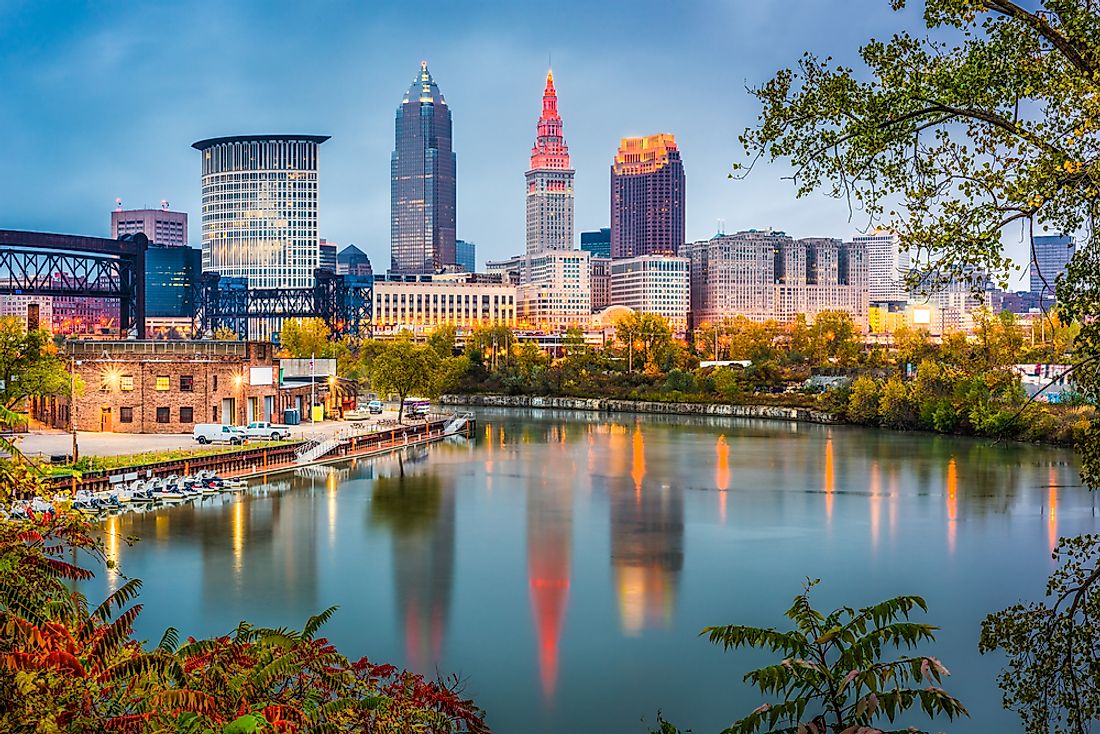Did the Cuyahoga River Really Catch Fire?

The 84.9 miles long Cuyahoga River is in northeastern Ohio. The river is most famous for having caught fire on June 22, 1969, due to pollution. The Cuyahoga River was one of the most polluted American rivers during the twentieth century.
Did Cuyahoga River Catch Fire?
The Cuyahoga River is believed to have caught fire at least thirteen times since 1868. The most potent incident was the fire of 1952 which caused over $1 million in damages. The most fatal incident was the 1912 fire that resulted in the death of five people. The 1952 fire destroyed a riverfront office building, a bridge, and numerous boats.
The 1969 Fire Incident
The 1969 incident was the most covered fire incident but did not result in any fatalities. The floating slicked debris was ignited by sparks produced by the passing train around noon on June 22, 1969, near the Republic Steel-Mill. The fire lasted for about thirty minutes and caused $50,000 worth of damages.
The 1969 fire did not get too much attention both globally and locally at first, but a month later a picture of the river on fire was published in Time Magazine. The picture showed the flames engulfing a ship. The article described the Cuyahoga River as oozing instead of flowing and that an individual can decay in the river instead of drowning. The published image was of the fire of November 1952. No picture of the 1969 incident exists since the local media arrived at the scene after the fire was under control. The 1969 fire got more coverage than the other fire incidence because the United States was becoming eco-aware. The country was also shifting from industry to technology.
Environmental Concern
For decades, the locals were not concerned with water pollution at Cuyahoga River; instead, they saw it as the necessary consequence of the many industries in the city. The attitude of the locals changed during the 1960s, and the residents passed the $100 million bond initiative to help clean the river. The 1969 incident made Cleveland a symbol of environmental pollution.
Mayor Stokes became involved in the pollution problem and even held press conferences at the site of the fire. Mayor Stokes was the first black mayor of a major American city. Carl urged his brother Louis Stoke, U.S. representative, to convince the federal government to get involved with pollution control. The two brothers played a role in the passing of the 1972 Clean Water Act. Other water pollution control activities, which were spurred by the 1969 Cuyahoga fire, include the OEPA (Ohio Environmental Protection Agency) and the EPA (Environmental Protection Agency).
Is Cuyahoga River Still Polluted?
Despite all the cleanup efforts, the Cuyahoga River is still polluted. Some of the sources of pollution include combined-sewer overflows and urban runoff among others. A part of the river is classified as one of the forty-three Great Lakes Regions of Concern.







